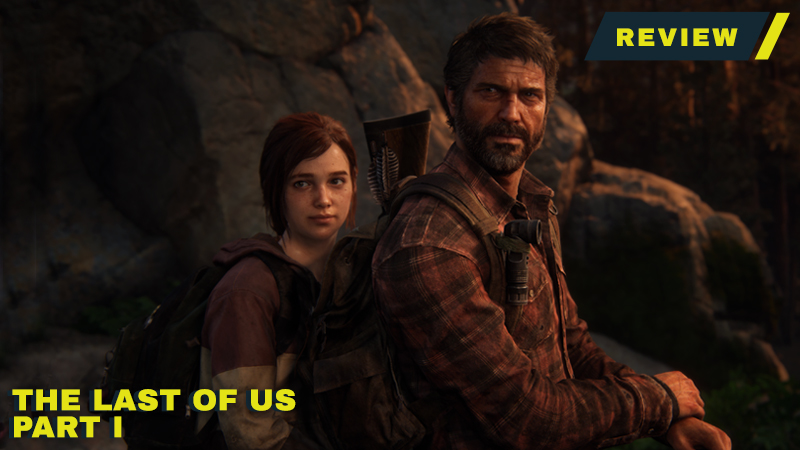When Joel upgrades his shotgun at any of the workbenches in The Last of Us Part I, he meticulously scrubs it, unscrews certain parts, and replaces others as he works to make it a more deadly killing machine. It’s an involved process that’s highly specific to each type of upgrade on every weapon, one that was merely a generic tinkering animation consistent across the game’s arsenal in the PlayStation 3 original and PS4 remaster. This painstakingly crafted upgrading mechanic is, coincidentally, symbolic of The Last of Us Part I’s many upgrades, as it gets the same job done, but does it with a heightened attention to detail and more impressive visual presentation. By carefully tending to the right parts, this remake makes one of the best games of all time even better.
The PS3 original came at the end of the console’s lifespan but was at the forefront of its most technically stunning games. Naughty Dog squeezed that aging console and constructed a gorgeous, post-apocalyptic world that outclassed nearly all of its peers. That context is important since the memory of its beauty is likely going to overwrite the reality of what it looks like two console generations later. The game and its PS4 remaster have excellent artistic direction and fluid animation, but it’s still of another era and looks the part; even technical showpieces age.
The many advancements in this PS5 remake make it look as good now as it did then relative to the technology, and that relativity demonstrates how much work was put into this project. Part I has fully shed its PS3 outer layer and looks like a native PS5 game in an almost uncountable number of ways and unequivocally outmatches the step up seen in the PS4 remaster.
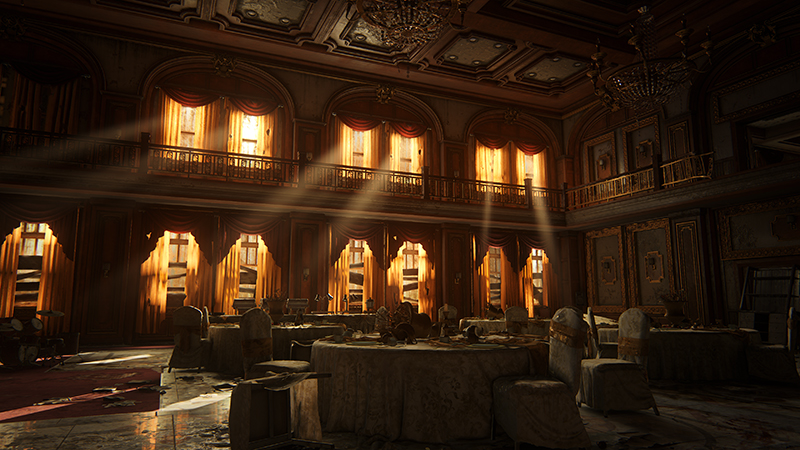
Lighting is much more realistic with noticeable god rays that pierce through foggy windows and blown-out walls in indoor structures and cut between the many moss-covered trees outside. Indirect lighting also means levels have a more authentic gradient of shadowed and lit patches, as there’s no longer an unrealistic, binary divide between dark areas and light ones. Dust and spores can also be seen sprinkled throughout these beams and add even more detail to its dirty, fallen world. And since this is a dirty, fallen world with very little artificial light bouncing around, its proficient and expanded use of natural lighting is even important since that is mostly how the game is lit.
The infected-ridden sections benefit from this new lighting but are also just exponentially more detailed because Naughty Dog has completely overhauled them. A greater number of disgusting pustules adorn the walls and floors and the aforementioned airborne spore effects are more understated, meaning these areas no longer look like they’ve been carpet-bombed with green fart gas to achieve the look of an infected hive. Dialing back this fog while upping the detail makes these segments creepier since these fungal caves are more effective when they’re not being cheaply concealed with thick gas.
RELATED: Sony Releases The Last of Us Part I Features Trailer Amidst Rampant Leaks
The contaminated zones are not the exception, as every other level has also been radically altered. Many pieces of the environment, such as cars, furniture, bodies, and the like, have been resized, reshaped, rearranged, or replaced to be slightly more believable or realistic. For example, a Firefly pendant that was randomly sitting in one of the sewer puddles last time around is now hanging off a new corpse. A formerly desolate room in the Boston museum has been made into a restoration workshop complete with all sorts of different hardware, dusty from the years of neglect.
There are hundreds, if not thousands, of instances like this spread across the scale from whole rooms to tiny individual objects, most of which now have physics and react to explosions and other disturbances. Putting up new art in the record store, placing a placard next to a restored statue, or transforming a nondescript room into a hideout that fleshes out the story of a collectible found inside aren’t sweeping transformations, but they’re all slight changes that do their small part in further enriching this lived-in world by making it denser. Naughty Dog had already nailed the atmosphere the first time around, so obsessing over the little details was a smart and subtle way to add to its wonderfully preserved texture without completely changing the foundation.
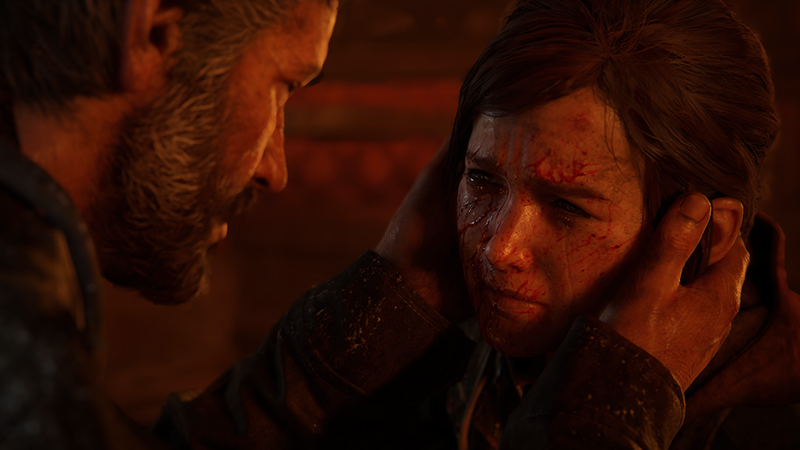
Naughty Dog took a similar approach to the game’s dialogue and story. Part I reuses the same performances, but the team has touched up these scenes to dial up the immersion. These adjustments are small, yet still discreetly augment what was already there.
The upgraded character models have significantly more detail and wear (everyone looks so tired) that help them more properly convey a wider range of emotions. Characters can spray spit when they’re angry, visibly well up when they’re sad, give more piercing glares, or otherwise move their eyes to more accurately accentuate the spirit of the core performances, fine affectations that were lost on the hardware at the time. Ellie is the most convincing illustration of these upgrades, as she has the broadest spectrum of emotions that are now better realized and a new character model that no longer looks (comparatively) cartoonish. She’s even livelier during gameplay segments with more tonally appropriate body language in certain scenes and an expanded suite of facial expressions.
RELATED: Neil Druckmann Gives Update on The Last of Us Multiplayer Game
And while the cutscenes were always immersive, the transitions in and out of them were not since they were bookended by tacky black screens. These jarring jumps have been smoothed over, as the team has eliminated the nonsensical cuts and even added in new animations to more seamlessly blend everything together. Joel no longer suddenly appears after a blank screen and will instead naturally continue his animation from the cutscene when the player regains control or vice versa. Some minor interstitial parts have even been reshot with improved camera work.
These tightened transitions are yet another cosmetic enhancement meant to nudge the game into modernity. This whole remake is a vast collection of these types of modest revisions that only supplement the timeless story at its core that hasn’t lost a beat in the years since. The Last of Us’ commitment to Joel and Ellie’s arcs and the ways in which their relationship grows during cutscenes, incidental dialogue, and gameplay is still a masterclass example of building a bond between characters in a video game. Combined with some well-paced twists, compelling secondary characters, a truly unforgettable ending, and an Ellie-focused expansion that wonderfully inspects her backstory, The Last of Us’ narrative remains one of the medium’s finest and has only gotten better with these added refinements.
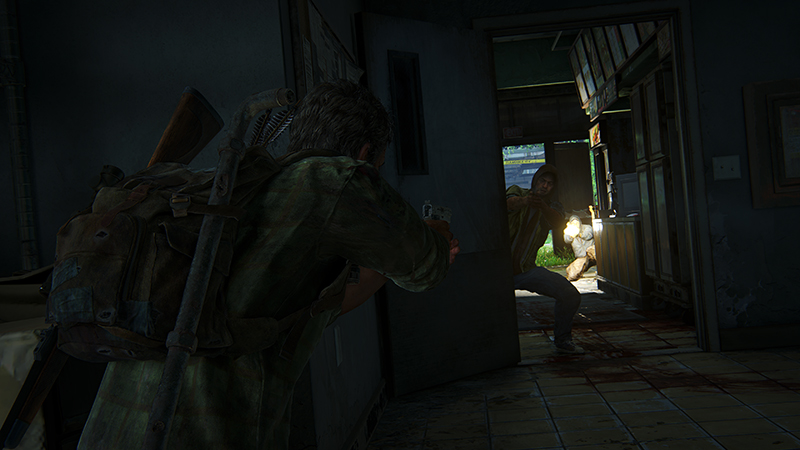
The Last of Us’ gameplay, however, has not been tweaked as much as its visuals. Combat is still a tense bout of cat and mouse where players have to use their limited resources in order to outwit the cunning humans or relentless infected and survive. Unpredictable enemies, wide level layouts, and a liberating array of options mean fights are always dynamic and evoke the stress that’s crucial to the game’s atmosphere. Enemy intelligence reportedly uses the advanced systems seen in the sequel, but such degrees are difficult to notice since they were always formidable foes.
Joel and Ellie more noticeably don’t get the dodge button and crawl seen in the sequel. While the game’s environments would have to be overhauled to accommodate going prone, it’s hard to see how a quick sidestep would have been as disruptive of a change. Being able to more deftly avoid melee swipes and break free from a crowd of infected would have been a small, but welcome, quality-of-life improvement that likely wouldn’t have broken the game. Part I is still full of thrilling encounters with or without an evasive move, yet not having it at all seems like a bit of a missed opportunity.
Part I’s gameplay borrows from Part II in other ways around the edges. Players can now break glass to manipulate enemies and allies no longer sprint out in front of them during stealth, both of which are natural and more immersive inclusions. Joel and Ellie also more accurately grab supplies here and collectibles in this remake are physically visible in the character’s hand after being picked up instead of just being boring pictures on a menu. Menus in general are superior, too, and convey more information in a less intrusive way. Combined with button prompts that are consistent with its sequel and Naughty Dog has done an admirable job of blending these two games together to make a more uniform package, which is a luxury not many video game series get to have.
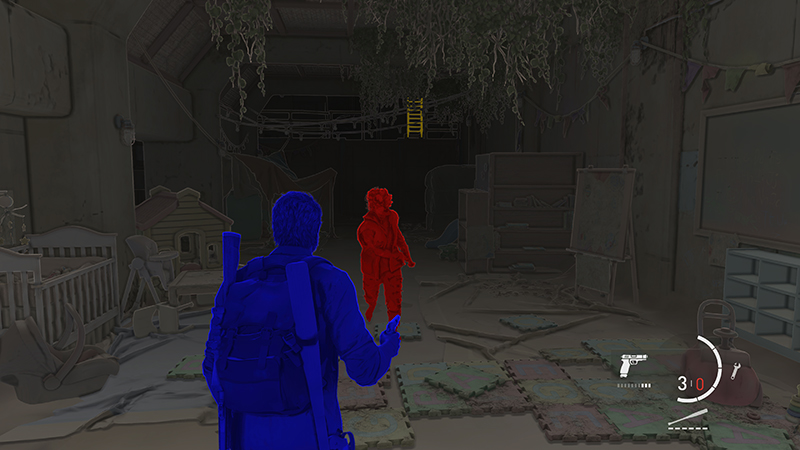
While the myriad of tiny changes add to the experience, they pale in comparison to the glut of accessibility changes the team has carried over. The game lets players personalize their experience through a nearly overwhelming amount of toggles regarding its controls, audio, visuals, combat, and difficulty. Almost everyone — disabled or not — will benefit from something in here and the willingness to open up a game like this to a much broader base of players is a generous move that remakes almost always neglect.
These settings will allow some users to potentially experience the game for the first time, but Part I isn’t as geared toward The Last of Us veterans who have completed each release. Officially sanctioned permadeath and speedrun modes are decent additions, but they only act as surface-level modifiers on the same experience. A challenge mode or a remixed campaign that changes up enemy spawns and resource locations would have been an excellent way to breathe new life into the game for those who have unlocked the Platinum trophy twice over. New render modes, concept art, cheats, outfits, weapon skins, and a model viewer are nice additions, but only temporarily amusing.
A handful of extras and a graphical makeover don’t suddenly turn The Last of Us into a classic; it already was one because of its complex characters, gut-wrenching narrative, and nerve-wracking combat. This remake’s revamped visuals, sleeker transitions, and polished presentation only mean that its best parts are further emphasized and that it can not only stand up more confidently against its contemporaries but also better align with its sequel, even if it doesn’t carry over everything from it. The Last of Us has already endured for almost a decade and this thorough and loving restoration ensures that it will survive even longer.
SCORE: 9.5/10
As ComingSoon’s review policy explains, a score of 9.5 equates to “Excellent.” Entertainment that reaches this level is at the top of its type. The gold standard that every creator aims to reach.
